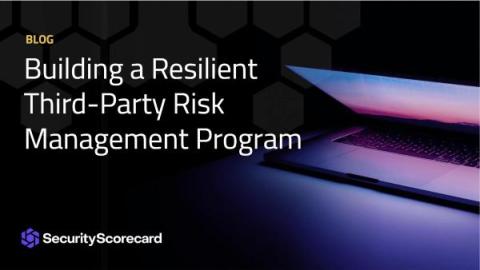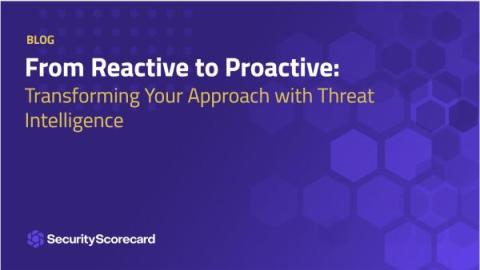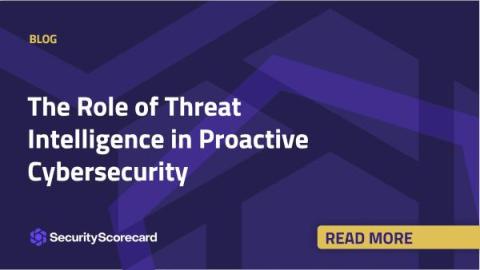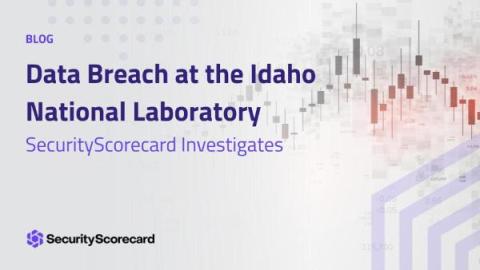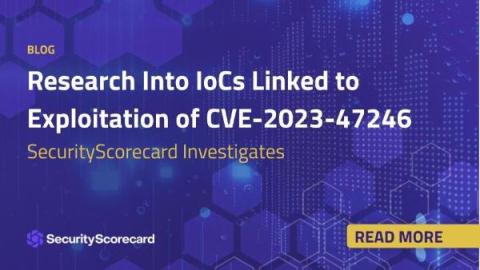Building a Resilient Third-Party Risk Management Program
In an era where businesses are increasingly reliant on third-party vendors for essential services, the significance of a resilient third-party risk management program cannot be overstated. Third-party partnerships can expose organizations to various risks, especially in the domain of cybersecurity. This guide aims to help businesses in building a robust third-party risk management program that is adaptable to the ever-evolving landscape of cyber threats and dynamic business needs.


